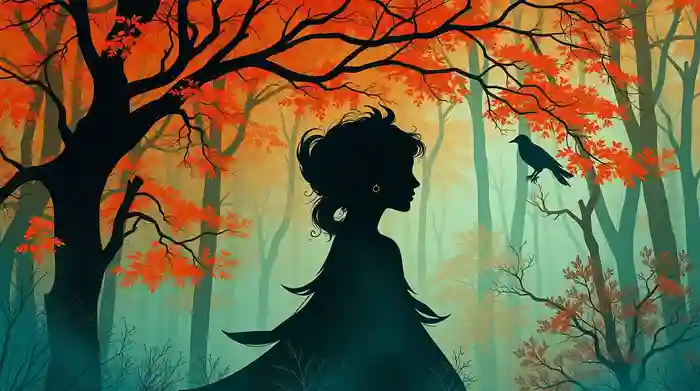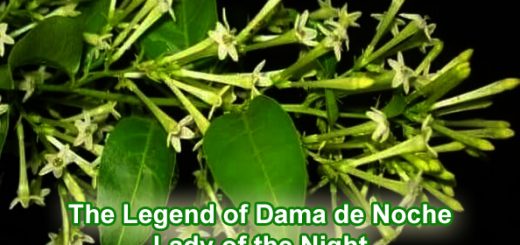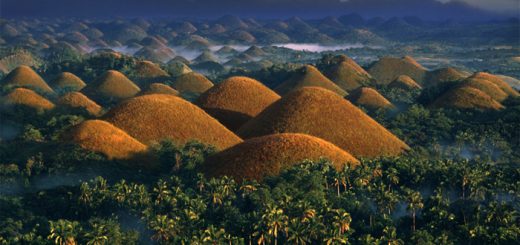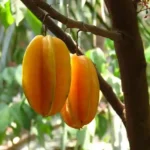List of Famous Legends in the Philippines – Stories Of Our Culture

The Philippines is a country steeped in rich storytelling traditions, where myths and legends are passed from generation to generation. These tales, often told by elders or taught in schools, offer a glimpse into Filipino values, imagination, and beliefs long before written history. In this cornerstone article, we explore a list of the most famous legends in the Philippines—stories that have shaped the cultural fabric of the nation.
What Are Philippine Legends?
Philippine legends (or alamat) are traditional narratives that explain the origins of things—places, animals, plants, and natural phenomena. Though not scientifically accurate, they reflect the worldview of ancient Filipinos and often come with moral lessons, blending history, folklore, and values in one compelling package.
The Legend of Maria Makiling 🌺
Origin: Laguna
Moral: Kindness and generosity are rewarded.
Maria Makiling is perhaps the most iconic diwata (fairy or nature spirit) in Philippine folklore. She is said to live in Mount Makiling, a dormant volcano in Laguna. Described as a beautiful woman with long hair and kind eyes, she helps those in need—especially the poor and hardworking. Many believe she still roams the forests, protecting the mountain and punishing those who exploit nature. Read more.
The Legend of Malakas and Maganda 🌳
Origin: National (Creation Myth)
Moral: Unity and equality in relationships.
This creation myth tells of the first man and woman, Malakas (“Strong”) and Maganda (“Beautiful”), who emerged from a bamboo stalk split by a bird. This story symbolizes how men and women were created equal and how the Filipino people descended from one origin. It’s a popular allegory used in schools to teach both creation and national identity. Read more.
The Legend of Mayon Volcano 🔥
Origin: Bicol Region
Moral: True love is eternal.
This tragic love story involves a beautiful maiden, Daragang Magayon, and her lover, Panganoron. Their ill-fated romance ends in death, and it is said that the perfect cone shape of Mayon Volcano marks the grave of Magayon. To this day, Bicolanos say the volcano is a reminder of their love. Read more.
The Legend of the Ibong Adarna 🐦
Origin: Literary folklore (possibly from the Spanish era)
Moral: Wisdom and virtue triumph over deception.
Ibong Adarna is a mythical bird whose song can heal any illness and put people to sleep. The tale follows three princes who set out to capture the bird for their ailing father, the king. Only the youngest, Don Juan, succeeds—thanks to his bravery and good heart. This epic tale blends adventure, magic, and lessons on humility and perseverance. Read more.
The Legend of the Coconut Tree 🥥
Origin: Visayas
Moral: Sacrifice create life’s necessities.
This legend tells of a beautiful and kind-hearted maiden named Maganda. Many young men sought her hand, but her heart belonged only to one—Malakas, a humble warrior known for his strength and loyalty. Their love blossomed like wildflowers, but it did not please everyone. A powerful datu (chief) named Datu Makisig also desired Maganda. Blinded by pride, he could not bear to be refused.Read more.
The Legend of the Pineapple 🏞️
Origin: Various regions
Moral: Obedience and appreciation for one’s parents.
This story is about a lazy girl who refused to help her blind mother. One day, the girl disappeared, and in her place grew a fruit with many “eyes”—the pineapple. The tale teaches the value of being helpful and grateful, especially to one’s parents. Read more.
The Legend of the Sampaguita 🌊
Origin: Various regions
Moral: Love lives on, even in death.
The sampaguita, now the national flower, is said to have grown from the grave of a girl who waited for her lost lover. Every day she would whisper “Sumpa kita” (I promise you), which later became sampaguita. The flower symbolizes purity, simplicity, and undying love. Read more.
Why Do These Legends Matter Today?
These legends are more than just stories. They serve as cultural touchstones that remind Filipinos of their roots, values, and identity. Whether you hear them as bedtime tales, read them in textbooks, or encounter them in pop culture, they continue to inspire and educate.
List of Famous Legends in the Philippines
These legends are just a glimpse into the vast world of Filipino mythology. They continue to be relevant not just for their entertainment value, but for the lessons they teach and the cultural pride they instill.
Whether you’re a student, a teacher, or simply a curious reader, exploring these legends offers a deeper understanding of what it means to be Filipino.
What’s your favorite Filipino legend, and why does it resonate with you? Let’s keep the tradition of storytelling alive—share your story in the comments below!
References:
https://en.wikipedia.org/wiki/Philippine_mythology










